

Engage prospects with a scan and streamline customer engagement with FREE QR code marketing tools by Sona – no strings attached!
Create a Free QR CodeFree consultation

No commitment

Engage prospects with a scan and streamline customer engagement with FREE QR code marketing tools by Sona – no strings attached!
Create a Free QR CodeFree consultation

No commitment
In a world where first impressions count and digital connectivity is essential, business card printing services face the challenge of capturing and converting high-value leads in environments where prospects often remain anonymous. Professionals frequently exchange cards in fast-paced networking settings, yet opportunities for engagement are often missed if prospects do not follow up immediately.
QR codes have emerged as a strategic answer, offering a seamless way to connect physical business cards to digital destinations without requiring an app download. Their integration is helping close the gap between analog encounters and actionable digital engagement, making it less likely for valuable prospects to slip through the cracks. See how this works in QR codes in marketing.
This article explains how QR code technology can be harnessed by business card printing services to increase lead quality, improve tracking and retargeting, and future-proof customer touchpoints. You will discover practical strategies to turn every business card into a dynamic, high-converting asset, and learn why bridging offline and online channels is essential to staying competitive.
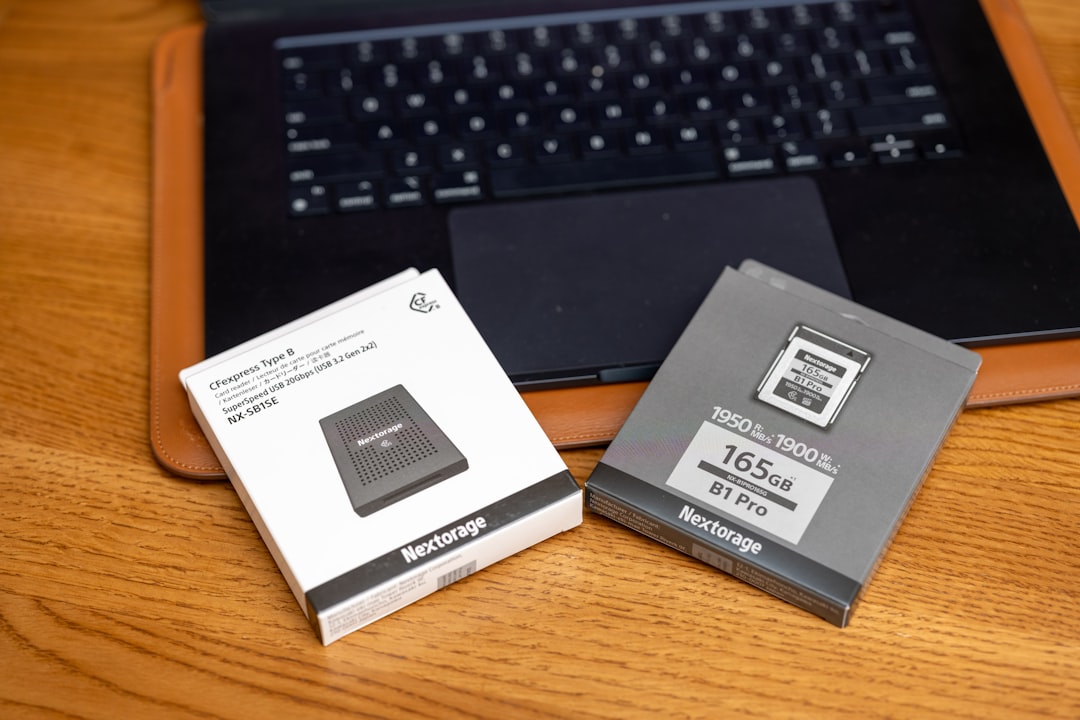
In many business card printing services, the lack of lead attribution from offline interactions results in uncertainty as cards are handed out, but true engagement is rarely followed or measured. QR codes bridge the gap between print and digital engagement, making them essential for driving tangible outcomes. By embedding unique, trackable codes on every card, printers and their clients can move from hope-based distribution to a clear, measurable funnel where scans become contacts and contacts become revenue.
The opportunity goes beyond basic contact sharing. Business cards can act as a launchpad for deeper interactions like portfolio exploration, appointment booking, or demo requests. Instead of relying on prospects to type in URLs or remember to send an email, a single scan routes them to a conversion-optimized experience. The result is a shorter path from first impression to action, along with the data needed to refine designs, offers, and follow-up workflows.
Here’s how to leverage QR codes effectively:
Traditional analog processes like paper sign-up sheets, brochure handouts, or cold follow-up calls can be replaced with QR-enabled lead capture and nurture flows. For example, instead of passing around a clipboard at a trade show booth, a QR code on a business card or badge can open a prefilled form and trigger an automated thank-you sequence. Tools like Sona QR support every step of this shift from static printing to real-time, data-driven engagement.
Swapping paper-based forms for digital QR-enabled lead capture empowers timely outreach and reduces the window for competitors to step in. A well-executed QR code platform automates insights and optimizes campaigns in a highly competitive landscape. With consistent tracking in a dashboard and CRM sync, you always know which physical assets drive the strongest digital outcomes.
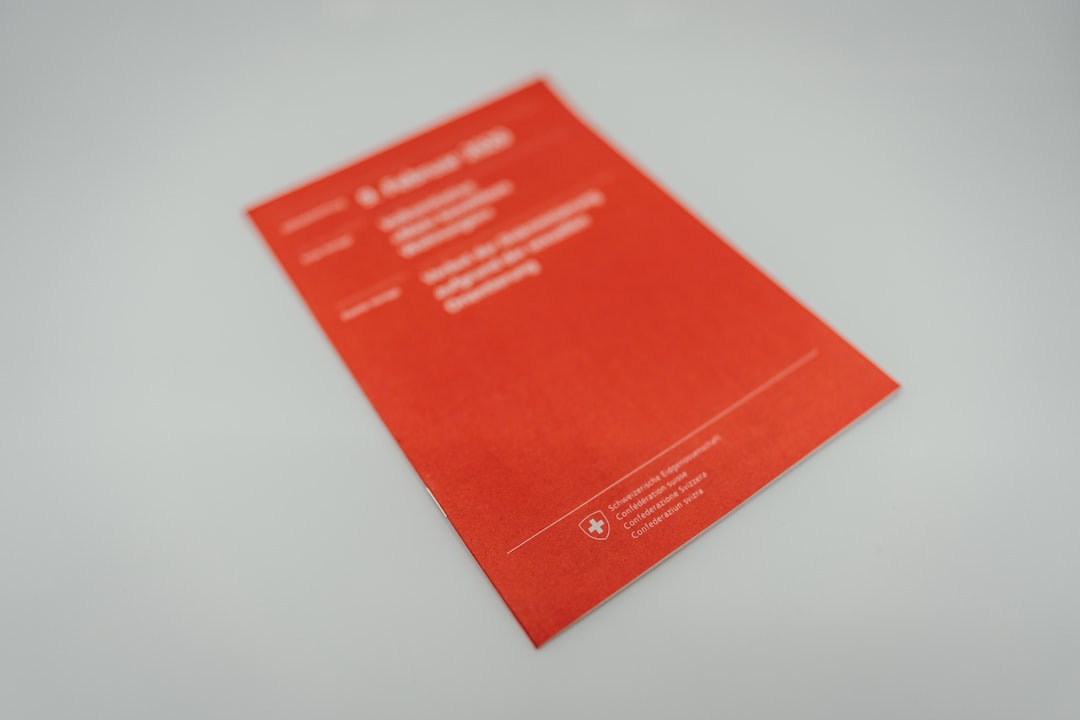
Business card printing services frequently encounter difficulty tracking interactions or attributing offline touchpoints to revenue. QR codes address several persistent challenges that have long limited print’s ability to prove impact. By turning each card into a measurable link, printers help customers see exactly how offline touchpoints contribute to the sales pipeline.
They also future-proof a brand’s physical presence. Phone numbers, job titles, and campaign messaging change frequently. Dynamic QR technology lets businesses update offers and destinations post-print, which means the card remains relevant long after it leaves the press. This flexibility increases the lifespan of every print run and reduces the need for costly reprints.
Integrating QR codes into materials like networking cards, appointment cards, sample packs, and event handouts turns every exchange into a data-driven opportunity to re-engage leads in real time. For printers, this elevates the deliverable from a static card to a smart, evolving asset that fuels continuous marketing improvement.
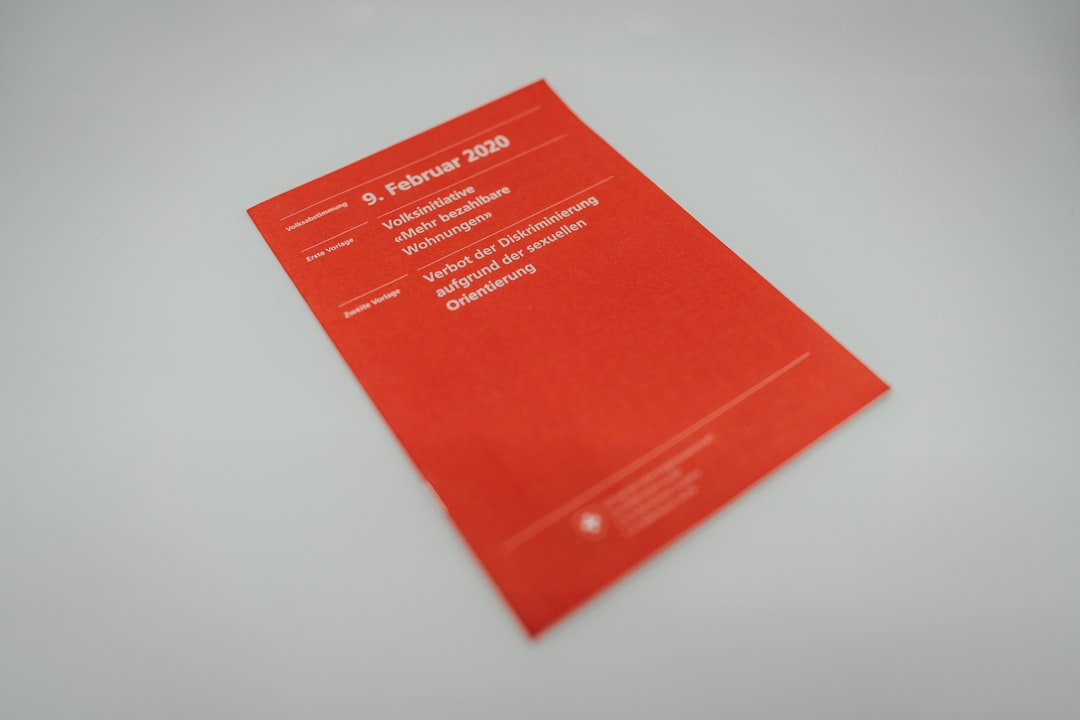
Without a digital bridge, cards may be lost or contacts forgotten, and manual updating is burdensome for issuers and recipients. QR codes offer formats tailored to various business goals, and the right choice depends on the outcomes you want to drive from each card. For business card printing services, prioritizing formats that reduce friction and accelerate follow-up is essential.
The most effective implementations usually pair the format with a dedicated landing experience. For example, a vCard can sit beside a separate web link QR on the same card, allowing the scanner to save your contact, then immediately preview your best work or book a meeting. Dynamic codes mean you can A/B test destinations without touching the card again.
A robust QR code platform simplifies the creation and tracking of these formats. For business card printing, vCards and web links to interactive landing pages are especially effective at delivering measurable touchpoints and proving campaign value. Dynamic codes add the ability to rotate offers by audience segment or event, maximizing relevance without new print runs.
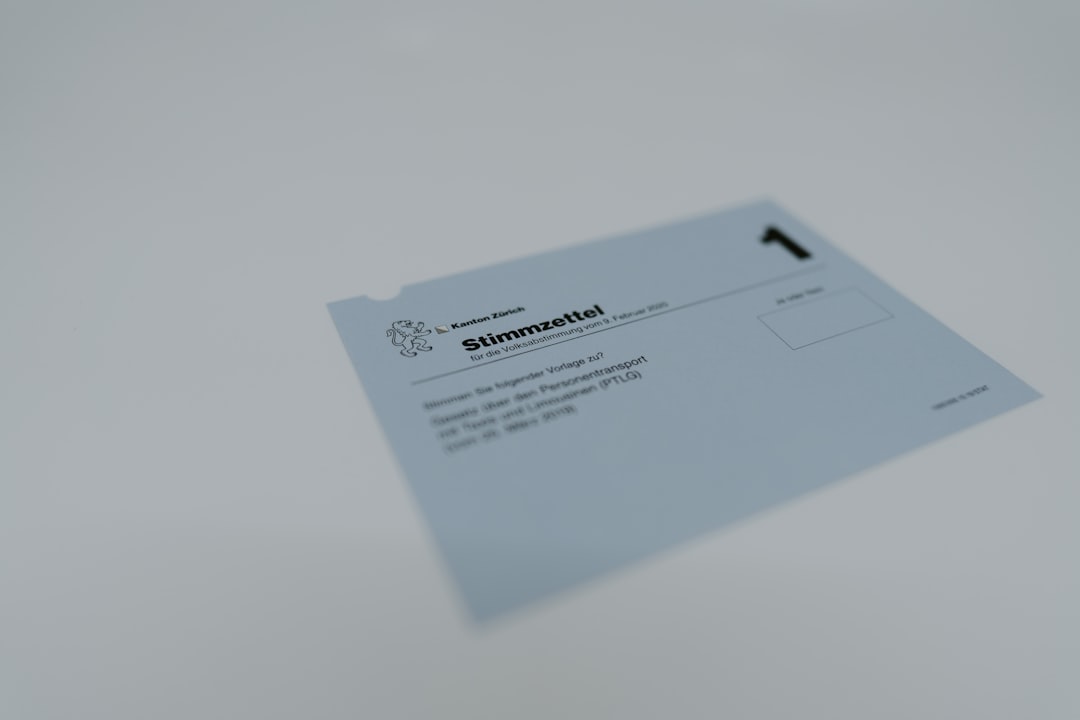
Business card printers struggle to demonstrate ongoing value once cards are in circulation. Strategic QR code placement unlocks new engagement and measurement opportunities by aligning the physical context of the card with the digital action you want. If you can anticipate what the recipient needs at that moment, you can deliver a QR destination that satisfies it instantly.
Think of the card as a remote control for the buyer journey. At a conference, the right next step might be a quick demo video. At a coffee meeting, it could be a booking link. In a showroom, it might be a portfolio gallery. Matching the QR destination to the environment increases scan probability and boosts conversion quality.
Identifying where prospects are most motivated to scan channels engagement and conversion efforts to genuine demand signals, rather than blanket outreach. Over time, scan analytics reveal which touchpoints deserve more investment and which ones should be redesigned for clarity or incentive strength.
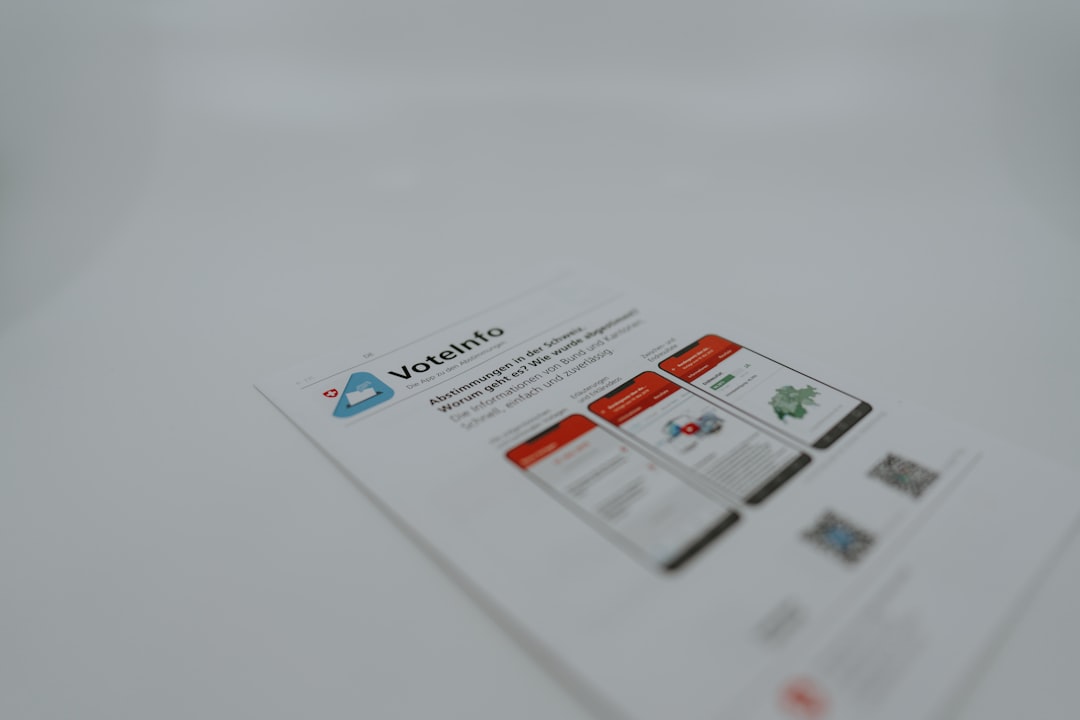
Traditional business cards risk being tossed or overlooked if the value proposition is not clear. QR-enabled cards turn each exchange into actionable insight by giving the recipient a specific reason to scan now and by giving your team the data needed to follow up intelligently. The best use cases blend immediate value for the scanner with measurable business outcomes for your brand.
For printers, framing these use cases during the sales process elevates your offering. You are not just printing a card. You are designing a conversion path and a data collection point. This repositioning can justify premium pricing and open recurring revenue streams tied to analytics or campaign management.
Embedding QR codes means engagement signals like repeat visits, time on page, or content consumed can be captured and acted upon. This reduces churn in the follow-up process and enables upsells, since you will know when someone has returned to explore pricing or new services.
Print marketing is often plagued by anonymous interactions and lack of actionable segmentation. Every QR code scan generates proprietary data that transforms unknown visitors into targetable segments for email, SMS, and paid media. This is where business card printing services can unlock disproportionate value for clients: they help shape the audience data, not just the design.
By deploying multiple QR codes across touchpoints, you can automatically segment scanners by intent, context, and timing. A scan on a general networking card might signal early interest. A scan on a pricing card suggests purchase readiness. Feeding these signals into your CRM gives sales teams the context they need to prioritize outreach and tailor their message.
For business card printing services, useful audience distinctions include first-time contacts met at a conference, existing customers offered an upsell, local walk-ins from a retail storefront, and agency partners exploring white-label services. With Sona QR, each QR code becomes a smart entry point into your funnel, capturing data that helps you retarget based on real behavior, not assumptions. For deeper strategy on using behavioral signals, see Sona’s intent data guide.
Many print campaigns have limited visibility after distribution. QR codes unify offline and online channels, finally making print an active part of attribution and retargeting. When every physical asset triggers a measurable digital action, your marketing engine becomes more efficient and your creative decisions become data informed.
This integration also supports consistent branding and message testing across channels. You can coordinate the copy on your card’s call to action with the headline on the landing page and the subject line of a follow-up email. Because the same dynamic QR code can power all of these touchpoints, updates propagate instantly without new print runs.
Centralizing scan data in a CRM or analytics dashboard connects every print interaction to business outcomes, eliminating traditional blind spots. Platforms like Sona QR make it possible to manage all your codes, monitor performance, and sync scan data with marketing tools in real time.
Business card printing campaigns often fail at execution due to unclear attribution or inconsistent value delivery. This checklist ensures a seamless, results-focused rollout that aligns the physical design of the card with the digital journey it unlocks. Think of it as a blueprint for turning print into performance.
Before you start, match your campaign goals to your audience and context. A freelance designer, a B2B SaaS seller, and a local print shop owner will not share the same goals or landing pages. Each needs a purpose-built QR experience. With dynamic codes, you can adapt destinations to different segments while keeping the branding consistent.
Decide what action matters most at the moment of exchange. For example, a studio owner at a design conference may want more portfolio views, while a sales rep may want faster appointment scheduling. Clear goals define what your QR should do and how your landing page should communicate value.
Select static or dynamic QR codes based on your need for tracking and flexibility. Static QR codes are simple and permanent; dynamic QR codes are trackable, editable, and suitable for ongoing optimization or multi-variant testing.
The design around your QR code influences whether it gets scanned. Proper placement, size, contrast, and a clear call to action are vital. Always test in real-world conditions, since lighting, angles, and device types vary widely at events and in daily use.
Place your QR codes where your audience is already primed to engage. For business card printing services, this often includes networking events, sample kits, invoices, mailers, and reception desks. Make sure staff understand the CTA so they can encourage scanning during conversations.
Measurement turns a good card into a great campaign. Watch scan trends, experiment with offers, and refine landing pages for mobile performance. Continuous improvement is how you compound results over time.
A major pain point for business card companies is the inability to link print to revenue. Integrating QR codes changes this dynamic by creating an identifiable bridge between a physical handoff and a digital action. Once that bridge exists, it becomes possible to measure which designs, messages, and placements are worth scaling.
Tracking should not stop at the scan. True performance measurement follows the user from scan to form fill, to meeting scheduled, to deal closed. When scan events flow into your CRM and analytics stack, you can attribute revenue to specific print runs or campaign concepts, then invest more in what works.
Benchmarking helps set expectations. In many business contexts, a well-placed QR with a clear incentive can drive a scan rate of 8 to 15 percent among recipients, with higher rates for time-bound offers and lower rates for generic CTAs. Conversion from scan to form fill often ranges from 15 to 35 percent when the destination is mobile optimized and message matched. Use your own baselines to track improvement over time.
Even great QR campaigns need continuous refinement based on real-world results. The most successful teams view the business card as a living asset that gets smarter with each print run. They rely on data to inform design choices, invest in training staff to sell the scan, and automate follow-up to avoid missed opportunities.
Choose the practices that best fit your audience and environment. A boutique print shop might benefit from showcasing portfolio QR cards on counter displays, while an enterprise print provider might emphasize CRM integration and performance reporting to procurement teams. Both can succeed if they prioritize clarity, value, and measurement.
Example: A print shop issues recycled business cards with a QR that opens a personalized welcome page, showcasing recent eco-friendly projects, a short founder video, and a book-now button. The page includes a thank-you discount for first-time orders, and Sona QR records scan source, device, and conversion behavior for ongoing optimization.
Business cards have always provided credibility and value, but until recently, measurement and attribution were out of reach. QR codes provide a leap forward for business card printing services by linking physical presence to actionable digital engagement and full-funnel analytics. With the right strategy and tools, every card becomes a mini campaign that captures intent, qualifies interest, and accelerates the path to purchase.
Now, every card can be both a brand touchpoint and a gateway to high-value, trackable conversions. By integrating dynamic QR technology, you can identify high-intent prospects, personalize follow-up, and connect print investments to real revenue, which is essential in a marketplace where missed opportunities favor faster-moving competitors. Platforms like Sona QR and Sona.com make it practical to manage codes at scale, monitor performance in real time, and attribute revenue across channels, ensuring your print assets stay relevant and profitable. To strengthen reporting rigor, read Sona’s take on revenue attribution. Start creating QR codes for free at Sona QR.
For business card printing services, the integration of QR code technology closes the gap between offline engagement and measurable online conversion. Custom cards with dynamic QR codes and analytics improve lead quality and attribution, solving key industry challenges such as anonymous tracking and uncertain ROI. Eco-friendly design and omnichannel measurement ensure these assets align with modern expectations, making every card a dynamic, data-driven touchpoint for future-proof marketing and competitive advantage.
QR codes have transformed business card printing services from simple contact sharing into powerful, measurable conversion drivers. By integrating dynamic QR codes, businesses can not only streamline customer acquisition but also create engaging, interactive experiences that leave a lasting impression. Imagine instantly connecting prospects to portfolios, booking systems, or exclusive offers—all trackable and adaptable without the need to reprint cards.
With Sona QR, you gain the ability to generate dynamic, trackable QR codes that update campaigns in real time and link every scan directly to your revenue goals. This means no missed opportunities and a clear view of which business cards are driving meaningful interactions. Start for free with Sona QR today and turn every business card scan into a valuable conversation and a step closer to closing the deal.
The article does not specify paper types but emphasizes that business card printing services can incorporate QR codes and eco-friendly options like recycled stock to align with sustainability goals.
You can add a QR code by selecting a suitable QR code type (static or dynamic), designing it with clear placement and a call to action, and integrating it into the card design before printing, often supported by platforms like Sona QR.
QR codes bridge offline and online engagement by enabling instant digital actions, improving lead tracking and attribution, future-proofing card information with dynamic updates, reducing manual data entry, and increasing conversion rates.
The article states that QR codes are simple and inexpensive to generate and scale but does not provide specific printing costs for business cards with QR codes.
Best practices include placing the QR code prominently with sufficient size and contrast, adding branding elements, including a specific call to action, testing scannability in real-world conditions, and using dynamic codes for flexibility.
Use Sona QR's trackable codes to improve customer acquisition and engagement today.
Create Your FREE Trackable QR Code in SecondsJoin results-focused teams combining Sona Platform automation with advanced Google Ads strategies to scale lead generation

Connect your existing CRM

Free Account Enrichment

No setup fees
No commitment required

Free consultation

Get a custom Google Ads roadmap for your business






Launch campaigns that generate qualified leads in 30 days or less.
